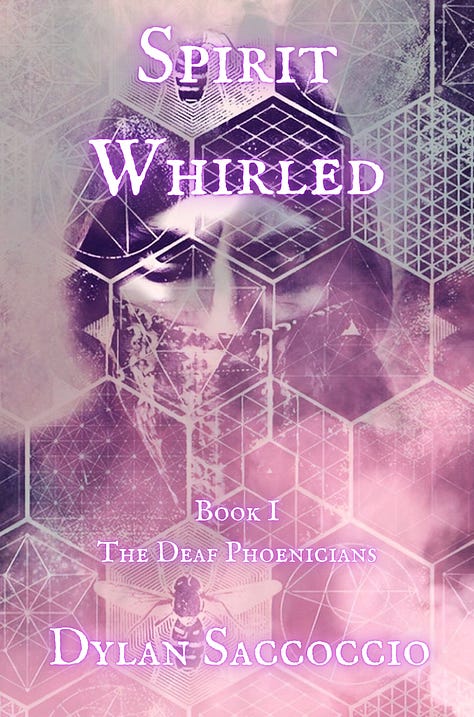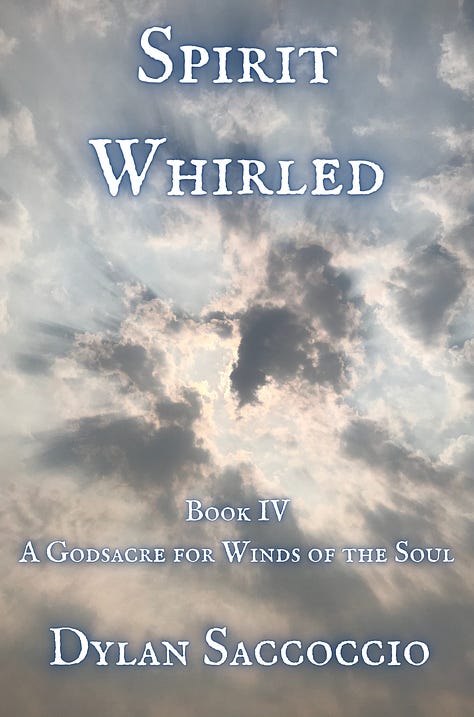FAIR USE: All images are for educational purposes only.
The most justified character to be attributed to Polaris, but who isn’t, is Mary, due to there actually being a handful of writers in the Middle Ages referring to her as the Polestar or the Star of the Sea. Mary comes from Mare, the Latin word for “sea.”
First up, The Marian Hymn: Ave maris stella (why wouldn’t her name (Maris) be capitalized?). My friend’s sister’s name was Maris. She capitalized it. According to Wikipedia, it’s apparent that they have no idea when it was created or by whom, which is usually an indicator of forgery.
The Marian hymn is sun-g at Vespers (evening). Vesper, meaning evening star, is another word for Venus when it is a heliacal setting star (as it is right now; go see it with Jupiter tonight), as opposed to a heliacal rising star as Lucifer in the morning, on account of its proximity to the sun. Vesper or Venus, as an evening star, is Lord of the Night. It has nothing to do with the Pole Star. Mary, is clearly an archetype for Venus/Aphrodite (Foam-Sprung)/Rhodes.
Mary being referred to as the star of the sea is the result of a transcription error, the subsequent reference to her as the Star of the Sea is a product of Middle Age corruption.
Click here to dive into the Spirit Whirled series






We could take it apart for a while, but I’d rather just give you the tools to challenge anyone who suggests that Mary is the pole star. Become a member to access the rest of this article along with the two questions that will checkmate your opponents.
If you’ve never been a member and want a comped month to see if my work is a good fit for you, follow these simple instructions:
2. Message me ‘Dylan Substack’ only (this lets me know where you got the offer)
3. Then, in a separate message, send me your email only
Keep reading with a 7-day free trial
Subscribe to Ancient History, Mythology, & Epic Fantasy to keep reading this post and get 7 days of free access to the full post archives.




